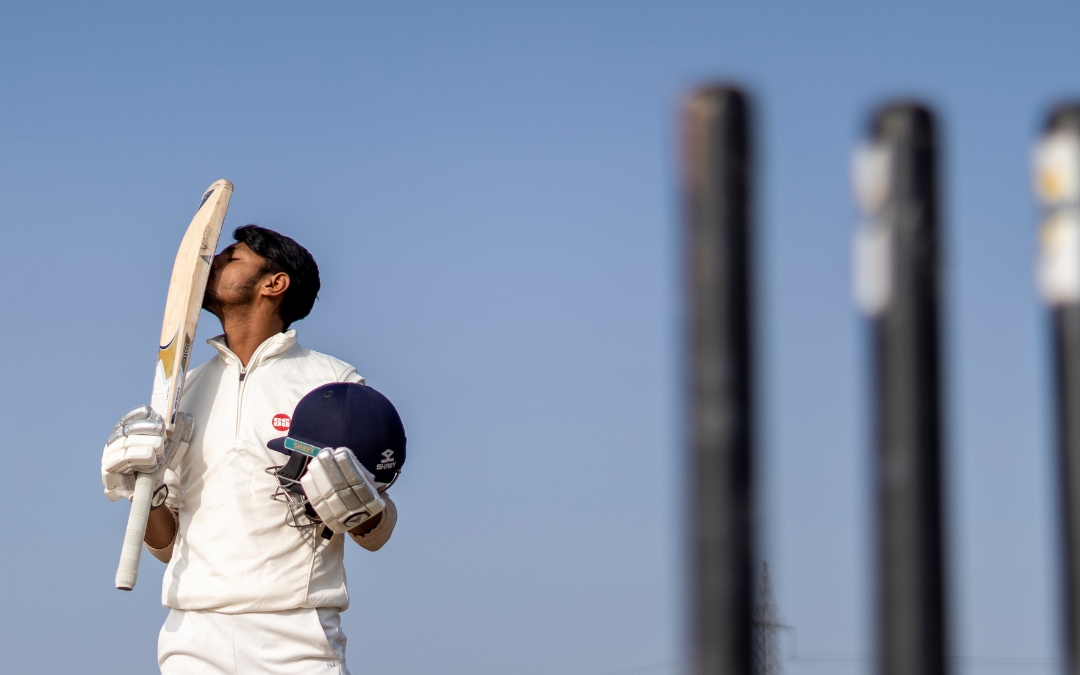The sport of cricket has etched itself into the very fabric of Indian society, transcending its role as a mere pastime and evolving into a cultural phenomenon. From the dusty fields of rural villages to the gleaming stadiums of metropolitan cities, it is hard to find a corner of India untouched by this captivating sport.
Tracing the roots: A history of cricket in India
Originating from the British colonial era, cricket was first introduced to India in the early 18th century. As the popularity of the sport grew under British rule, Indian players started making their mark on the game. The Parsi community, in particular, played a crucial role in the development of Indian cricket, establishing the first Indian cricket club in 1848, called the Oriental Cricket Club.
Early international exposure
India made its international debut in the world of cricket when it participated in the 1912 Triangular Tournament held in England, alongside the host nation and Australia. Despite facing numerous challenges, such as lack of funds and inadequate infrastructure, India continued to make strides in the sport. In 1932, India played its first Test match against England at Lord’s, marking the beginning of an illustrious journey in the Test arena.

Rising popularity: Post-independence era
Following India’s independence from British rule in 1947, the sport experienced rapid growth in terms of both fan following and talent pool. Several iconic cricketers emerged during this period, including Vijay Hazare and Vinoo Mankad, it tends to explain why cricket is popular in india.
Triumphs on the world stage
In 1983, India’s victory in the Cricket World Cup under Kapil Dev’s leadership ignited a nation-wide passion for the sport. In the years that followed, Indian cricket saw an influx of dynamic young talents, such as Sachin Tendulkar and Anil Kumble, who further elevated the country’s stature on the international stage.
India’s momentous win in the inaugural Twenty20 World Cup in 2007 marked another turning point in the history of Indian cricket. The victory not only bolstered the popularity of the shorter format but also paved the way for the inception of the Indian Premier League (IPL) in 2008.
Cricket as a socio-economic phenomenon
Over the decades, cricket has become much more than just a sport in India; it is a way of life, providing a sense of unity and shared pride among its diverse populace. The immense popularity of cricket in India can be attributed to various factors:
- Role models: Indian cricketers are often considered national heroes, inspiring generations of youngsters to take up the sport and emulate their idols.
- Cultural influence: From Bollywood movies based on cricket to popular songs celebrating the sport, cricket has firmly established itself as an integral part of Indian culture.
- Media coverage: Extensive media coverage of cricket matches, along with dedicated shows analysing the game, has played a significant role in cultivating public interest in the sport.
- Commercialization: The advent of private leagues like the IPL has led to increased investment in the sport, boosting its overall profile and reach across the nation.
Impact on other sports
While cricket’s meteoric rise has brought about numerous benefits for India, it has also led to a disproportionate allocation of resources and attention, often overshadowing other sports. As a result, several talented athletes from disciplines like hockey, football, and badminton have struggled to gain recognition and support at both national and international levels.
Efforts towards inclusivity
In recent years, however, concerted efforts have been made to promote a more inclusive sporting culture in India. Initiatives such as the Khelo India program, aimed at nurturing young talent across various sports, and the success of Indian athletes in non-cricketing events like the Commonwealth Games and Asian Games, have helped bring much-needed visibility and encouragement to alternative sporting pursuits.
The future of cricket In India
Cricket’s journey in India has been nothing short of remarkable, achieving unparalleled success and adoration across the country. Despite challenges posed by the increasing prevalence of other sports, cricket’s deep-rooted presence in the nation ensures that its popularity remains steadfast. With an ever-growing pool of talented players and ardent fans, the future of cricket in India promises to be just as bright and vibrant as its storied past.




